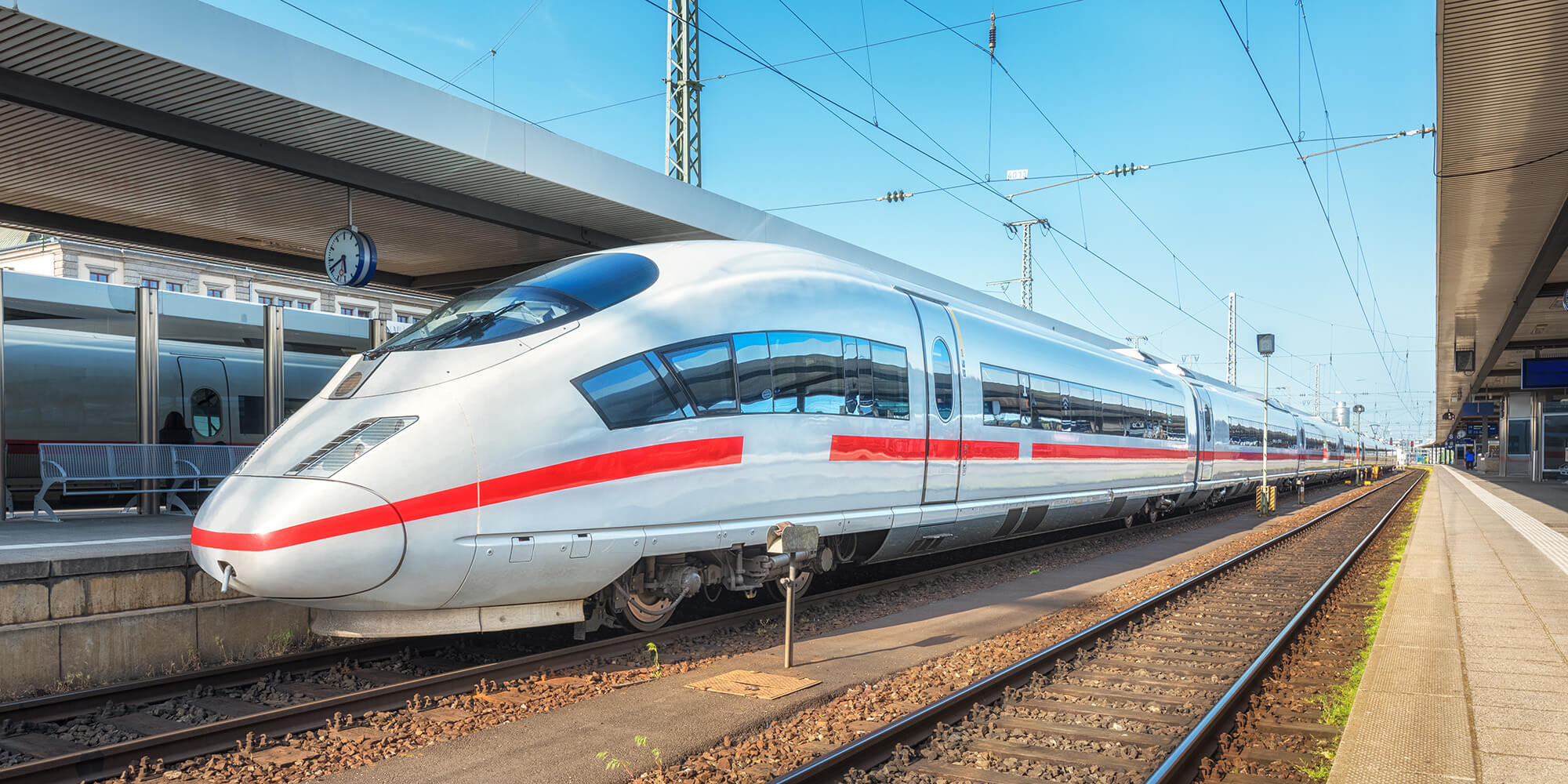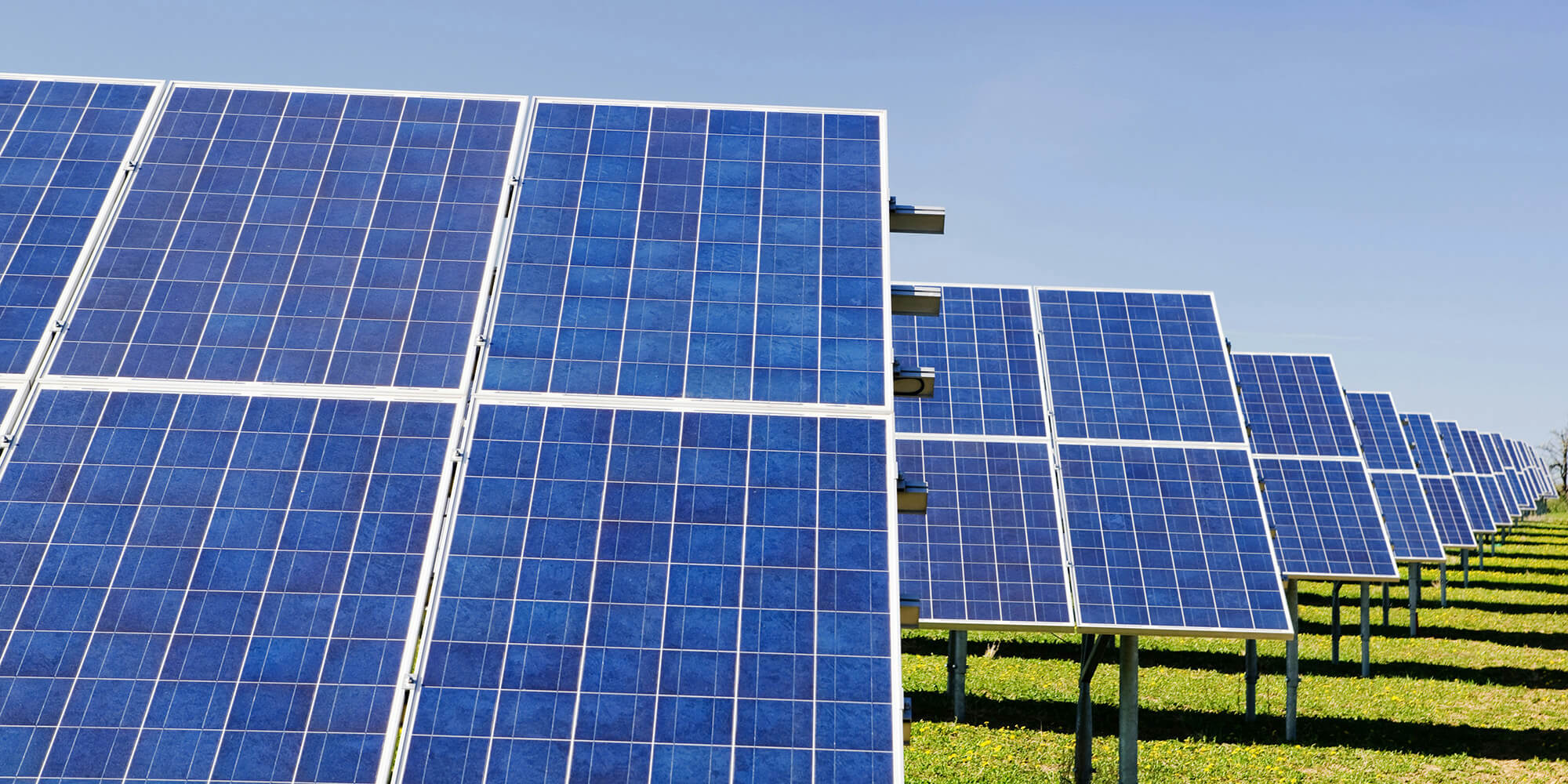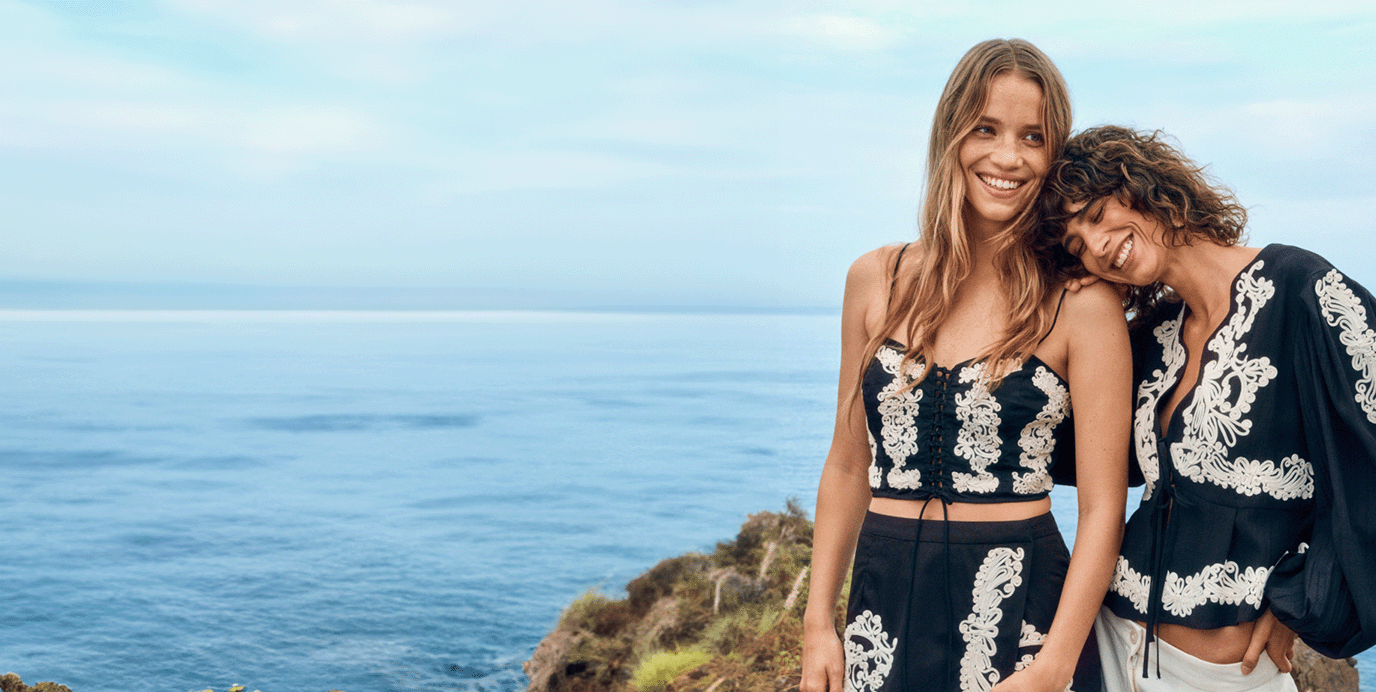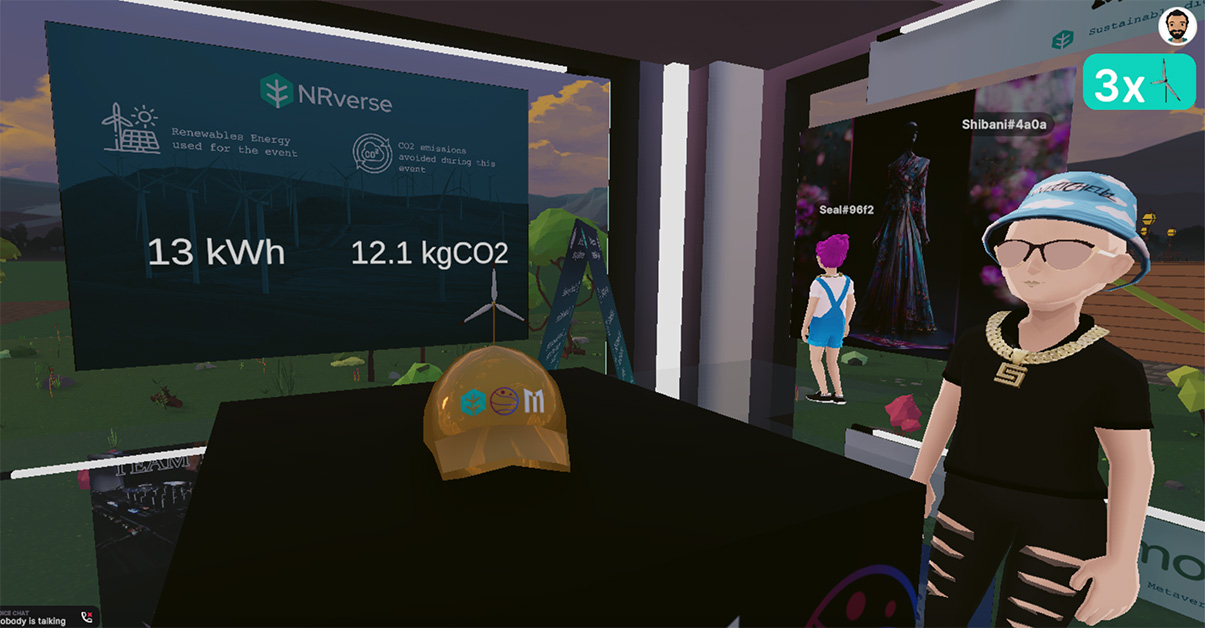 |
We spoke with Harald Jacobsen, Head of Sustainability, to better understand KBN’s sustainability strategy. |
How does KBN contribute to the sustainable development of Norwegian society?
2021 marks the 10th anniversary for KBN’s green loans, financed with green bonds. Our green loans are offered with lower interest rates for the local government sector’s investments that help solve the climate challenges of the future today. Our ambition has been to increase our proportion of green lending, and as a result of our efforts and the change in our customers’ preferences, green loans represented about half of our lending growth in 2019. As of today, KBN has around NOK 25 billion outstanding in green loans. Our green bonds program has been ranked as “Dark green” by CICERO.
As the major lender to the municipal sector in Norway, KBN seeks to raise awareness of the impact climate risk may have on local communities. We developed a new climate risk tool for municipalities in 2019 and launched an upgraded version last fall. The climate risk tool assembles climate risk data and information relevant to Norwegian municipalities, as well as advice on how such risks may be managed. In addition to this we’ve held several seminars and webinars on local climate risk all over the country.
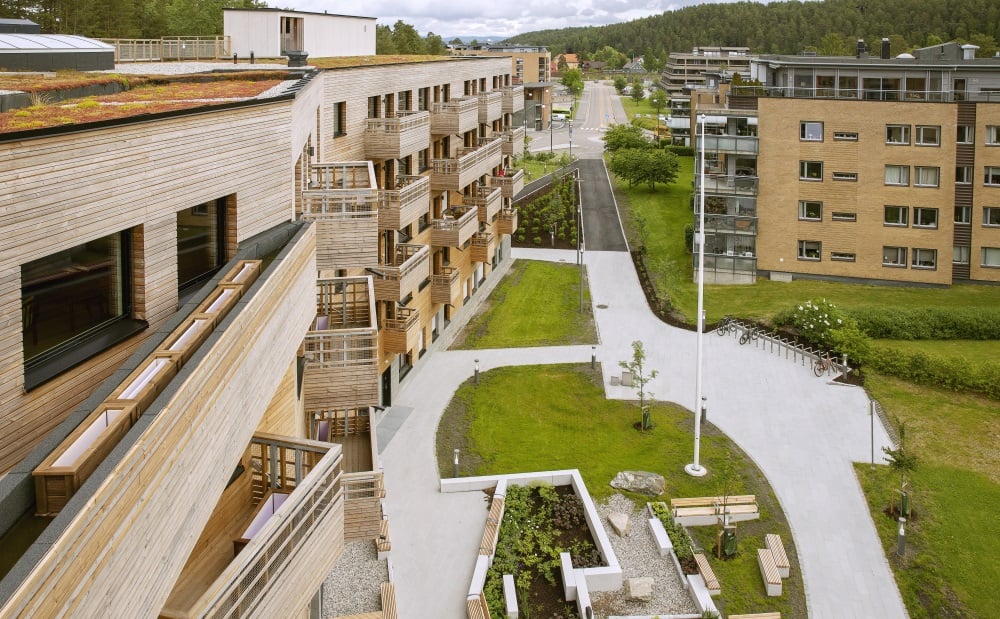
Care homes financed by KBN. Photo: Jo Straube
To what degree is KBN affected by climate risk and how do you address this problem?
As the Norwegian Local Government Act stipulates that municipalities and county authorities cannot be declared insolvent, KBN’s exposure to default risk is very low. However, KBN’s customers are exposed to climate risk, and this could result in immediate financial consequences or gradual effects that over time could weaken their financial room for manoeuvre, including their ability to obtain debt financing.
We have made a substantial effort to put climate risk on the agenda of our customers, as well as to identify climate risk in our own portfolio, incorporate climate-related risks into our credit assessment processes and report in accordance with the TCFD framework.
“We hope that our efforts to increase our customers’ understanding of climate as a financial risk, can contribute to reducing the local government sector’s risk as well as our own.”
We hope that our efforts to increase our customers’ understanding of climate as a financial risk, as well as our discounted loans for projects that reduce their exposure to such risks, can contribute to reducing the local government sector’s risk as well as our own.
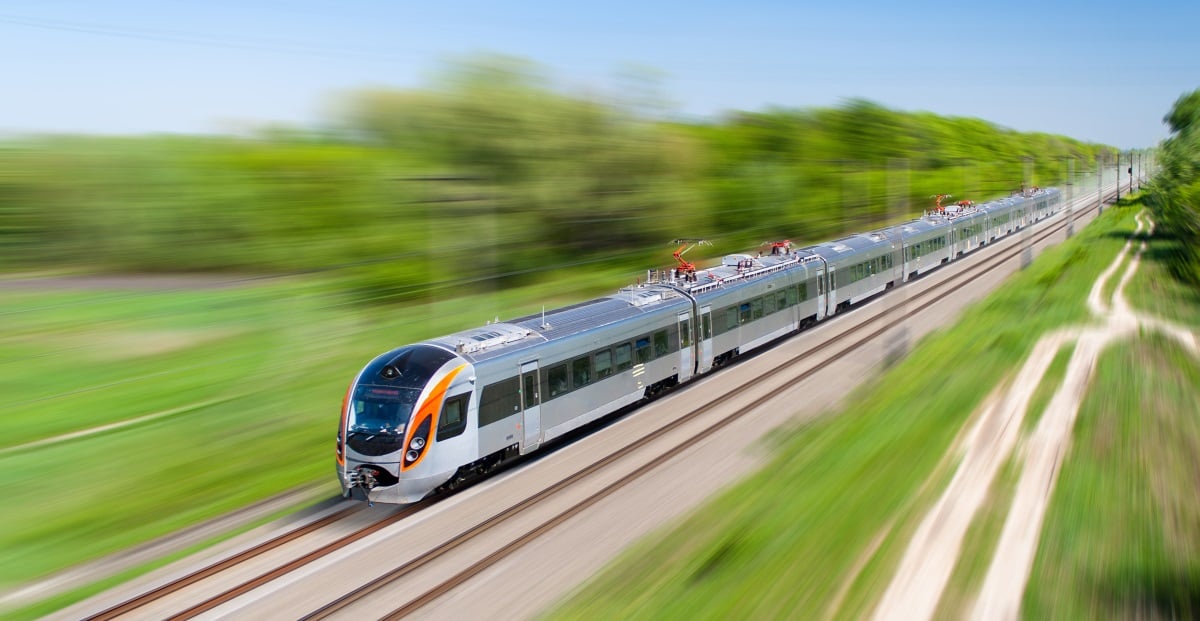
As much as two-thirds of KBN’s carbon footprint for 2019 came from flights to meet customers. 2020 has been an unusual year but what actions are you taking to reduce the emissions?
Our target of halving our emissions over the course of this decade means we have to do things differently, especially how we meet with our customers and investors. For instance, we increased the incentives for employees to choose train over air travel, and reduced the number of KBN representatives participating in each meeting.
“Digitalisation is the key”
However, I think digitalisation is the key. Fortunately, this has been one of KBN’s strategic areas for years. We were already on Teams when the coronavirus shut down the country last March, and we offered digital participation in most of our conferences and events. That said, it’s no secret that the shutdown accelerated the digital transformation. From March onwards our customer- and investor meetings, macro seminars, office meetings and even work out sessions and office parties were digital.
Given the year we had put behind us, we didn’t quite know what to expect from our annual customer survey for 2020. We were excited to learn both that our customers were very pleased with our digital solutions and that they would actually prefer digital meetings in the future.
Do you have any plans for reducing emissions in your supply chain?
KBN expects suppliers of goods and services to work systematically with sustainability, and contribute to solving society’s social, economic and environmental challenges. Our expectations of suppliers include that they:
- Measure and report their greenhouse gas emissions (scope 1, 2 and 3), have an emission reduction target that is at least as ambitious as the national climate goals and a credible plan to achieve these, and have a vision and timeline for achieving net zero emissions
- Buy climate quotas, carbon credits, etc. of high quality, which at least compensates for their emissions
- Map their own climate risk and have a strategy for managing it
- Analyse whether their business model will be profitable in a low-emission scenario and seek to adjust it to be profitable in a low-emission society

You have selected several Sustainable Development Goals (SDGs) for your sustainability work, how do you use the SDGs and collaborate with others to reach them?
At a workshop attended by all KBN’s employees, seven SDGs were identified as those to which we are in the best position to make a positive contribution. In addition, we have mapped our green lending portfolio to identify links between our financing of green lending and the SDGs. Our most important contribution is probably through our green finance programme and procurement policies, but we have collaborations with the UN association of Norway, the Norwegian Association of Local and Regional Authorities (KS), a number of municipalities, UN Global Compact, CICERO, ZERO and Skift – Business Climate Leaders, to name a few, on various topics.

How did you choose the Kulera REDD+ project with cookstoves to Malawi in Africa to compensate for your unavoidable carbon emissions?
Our main priority is to cut our own emissions and help our customers do the same. When deciding how to compensate for our unavoidable emissions, we looked for projects of the highest standard, that also contributes to reaching our selected SDGs. In addition, we decided to purchase offsets for a total of our emissions x EU carbon price, hence more than compensating for our calculated emissions. The Malawi project helps reduce emissions and deforestation, increase agricultural output and provide affordable and cleaner energy. Having CCB- and VCS verification, this was a good project for us.

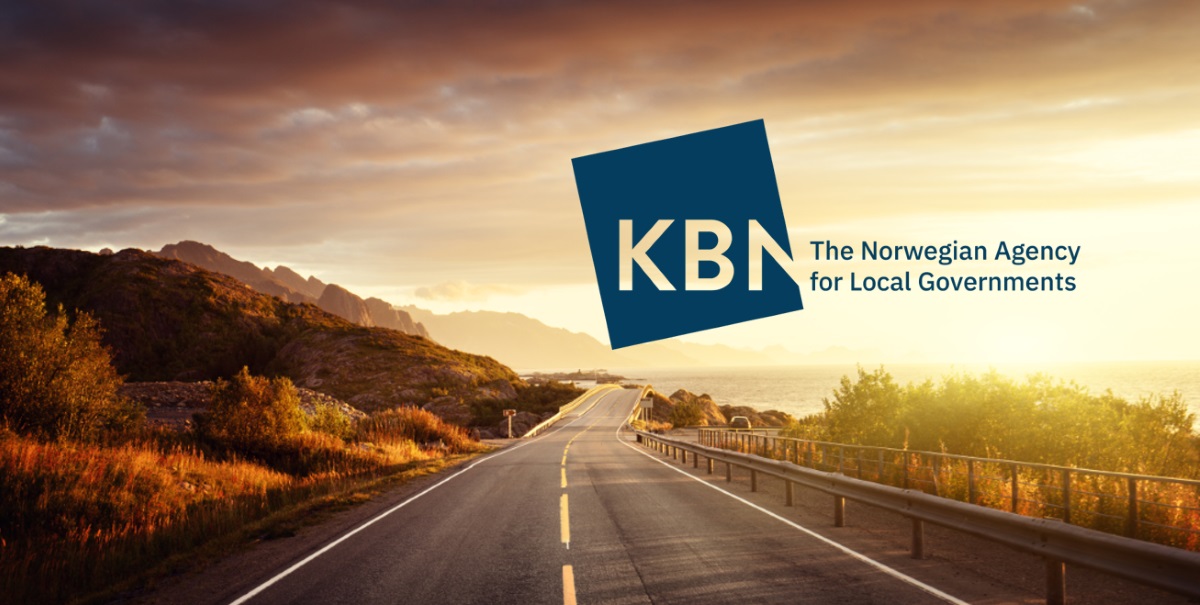
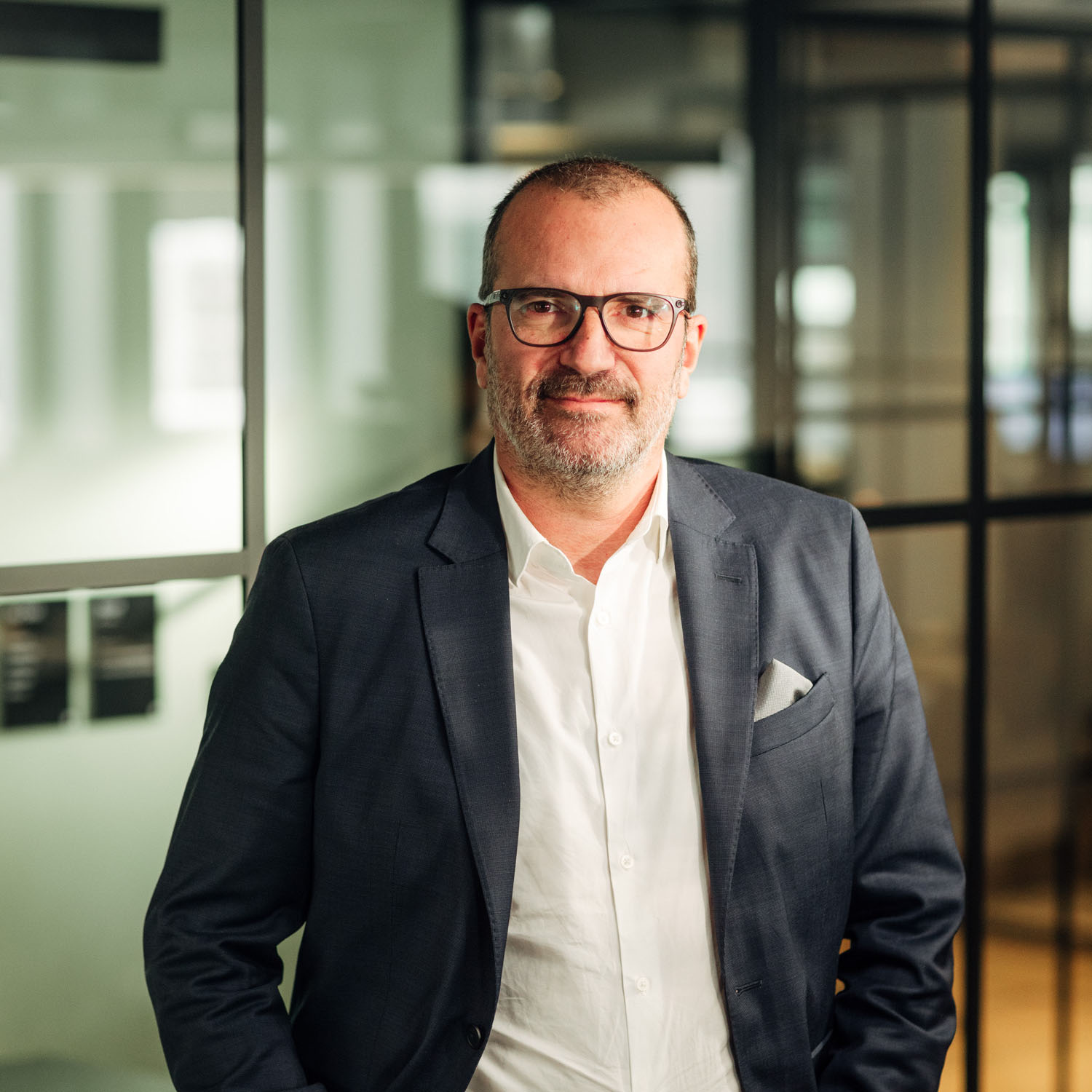
.png?width=3840&height=2560&name=Sun(1).png)

.png?width=3840&height=2560&name=Landscape_2(1).png)
